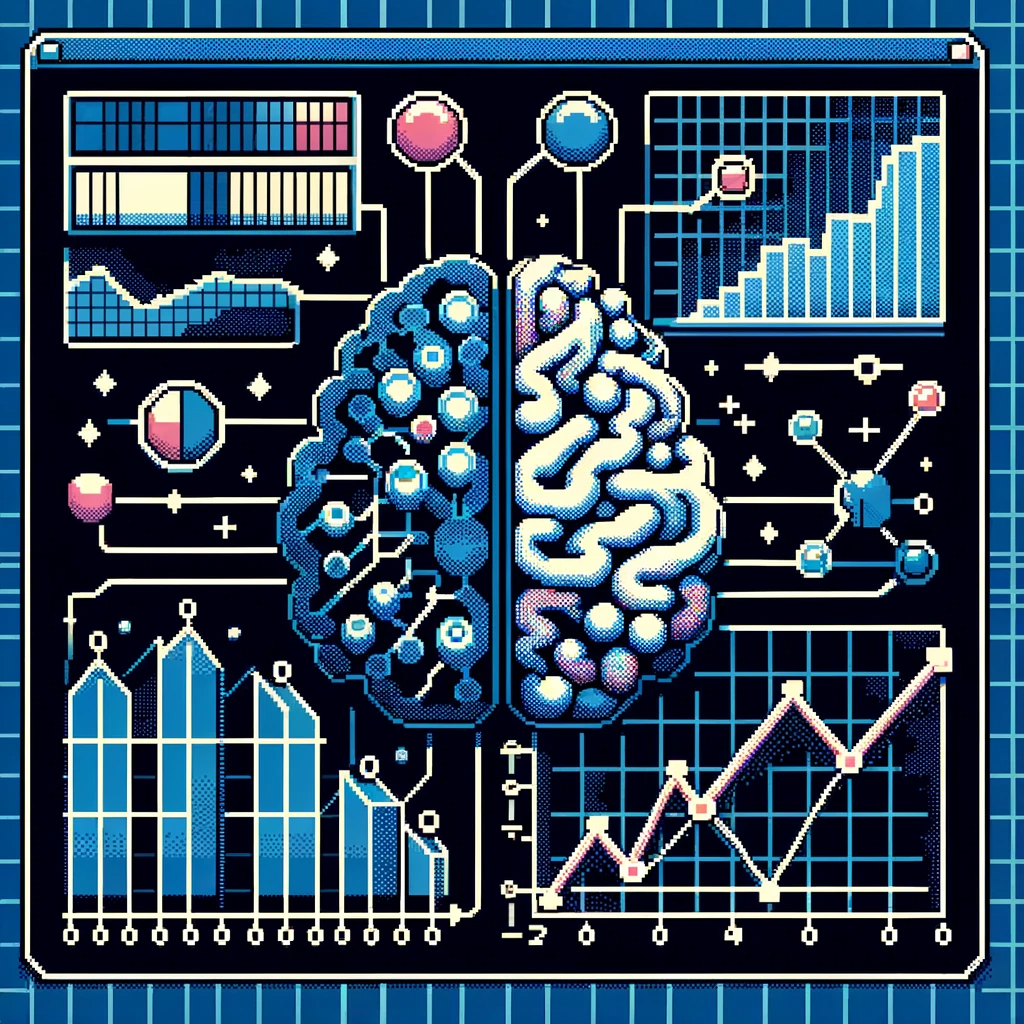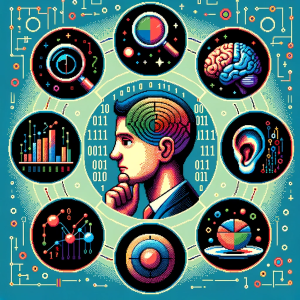
Deep Learning Through Statistics: A Simplified Exploration
In the article “A Brief Tour of Deep Learning from a Statistical Perspective”, authors Eric Nalisnick, Padhraic Smyth, and Dustin Tran embark on a mission to demystify the complex world of deep learning (DL) by exploring its statistical roots. Their work aims not only to make DL concepts more accessible to statistically minded individuals but also to pinpoint opportunities where statistical insights can enhance DL models.
The Statistical Backbone of Deep Learning
Deep learning might seem like a field dominated by complex algorithms and heavy computational power, but at its core, it’s deeply rooted in statistical principles. The article highlights how DL’s most foundational elements, like hierarchical modeling, log-likelihood functions, and regularization, are concepts borrowed from statistics. This connection not only eases understanding for statisticians venturing into DL but also opens up a dialogue for collaborative innovation.
Key Neural Models and Their Statistical Counterparts
- Feedforward Neural Networks (FNNs): FNNs are the simplest form of neural networks where connections do not form cycles. They are akin to statistical models that predict outcomes based on a set of inputs. The article explores how these networks function, emphasizing their layered structure, which allows for complex, hierarchical data representation, similar to how statistical models manage multi-level data.
- Sequential Neural Networks: For data that unfolds over time (like language or stock prices), sequential models like RNNs (Recurrent Neural Networks) and LSTMs (Long Short-Term Memory units) shine. The article discusses these models in the context of time-series analysis, a staple in statistical methodologies, highlighting how understanding sequence and structure is pivotal in both fields.
- Latent Variable Models and Image Generation: The world of unsupervised learning in DL, including autoencoders and generative adversarial networks, is intriguingly related to statistical concepts of latent variables and density estimation. These models, which are used for tasks like image generation, have a lot in common with how statisticians approach unsupervised learning – by identifying and utilizing hidden structures within data.
Bridging the Gap: Opportunities for Statistical Contribution
While the article acknowledges the significant strides made by DL, it also emphasizes areas ripe for statistical input. For instance, the often criticized “black-box” nature of deep learning models presents an opportunity for statisticians to contribute to making these models more interpretable and trustworthy. Additionally, issues like model overfitting, optimization, and uncertainty quantification in DL can benefit from statistical theories and methods.
Conclusion: A Unified Future
In conclusion, the article doesn’t just serve as a primer on deep learning from a statistical perspective but also as a call to action. It encourages statisticians to leverage their expertise to address the challenges and gaps in deep learning, promoting a collaborative approach. As statistics and deep learning continue to intertwine, their convergence promises innovative solutions to complex data-driven problems, shaping a future where data understanding is more comprehensive and models more robust and interpretable.
Embark on a Scientific Adventure:
Join ‘This Week in Science’ and explore the universe of knowledge! Our weekly newsletter is crafted for educators and enthusiasts, bringing you the latest and most exciting scientific discoveries. Every issue is packed with cutting-edge research, breakthroughs, and captivating stories from the world of science. Subscribe now for free and transform your teaching and learning experiences. Embark on your path to becoming more knowledgeable and connected with the ever-evolving world of science.



